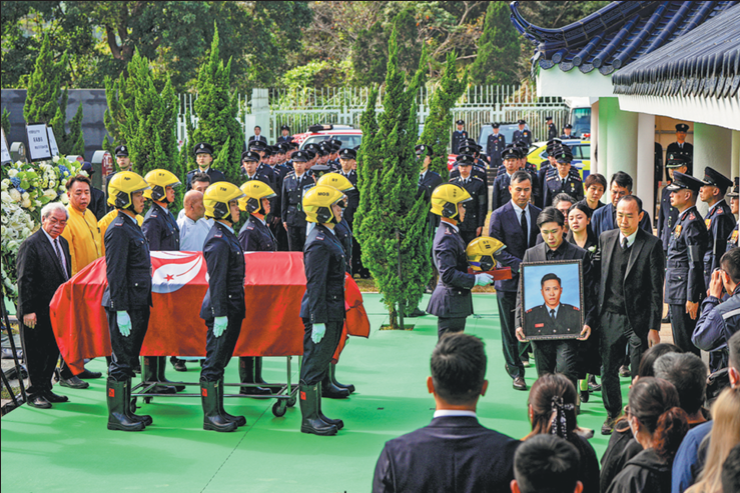Music festival harmonizes past and present
By Chen Nan | CHINA DAILY | Updated: 2024-10-08 08:10

National orchestra concerts highlight classical pieces from East and West, bringing together world renowned musicians, Chen Nan reports.
The Beijing Music Festival opened on Saturday with a stunning fusion of the East and the West. As dusk settled over the capital city, the National Centre for the Performing Arts concert hall glowed against the cool autumn evening, inviting the audience into a world where music and nature seemed to harmonize.
The China National Symphony Orchestra and composer-conductor Tan Dun opened the concert with the Golden Bell Chimes (bianzhong) of the Qing Dynasty (1644-1911), a remarkable artifact housed at the Palace Museum in Beijing.
The opening piece Ancient Bells of Peking's Central Axis is composed by Tan and features pipa (four-stringed Chinese lute) player Zhao Cong.
The music piece was inspired by Beijing's Central Axis — the 7.8-kilometer north-south line through the capital's historical center, inscribed on the UNESCO World Heritage List on July 27.
As Zhao's fingers move across the strings of the pipa, the instrument's ancient timbre felt as timeless as the city itself, invoking images of iconic buildings from the past, such as the Forbidden City, China's imperial palace from 1420 to 1911, now known as the Palace Museum, Jingshan Park and the Bell and Drum Towers, blending seamlessly with the contemporary orchestral sounds behind her.
An old friend of the Beijing Music Festival, the annual classical music event launched in 1998 by maestro Yu Long, Tan made his debut at the festival in 2001, performing his Oscar-winning music piece Crouching Tiger, Hidden Dragon, a film score Tan composed for director Ang Lee's 2001 film of the same name.
























